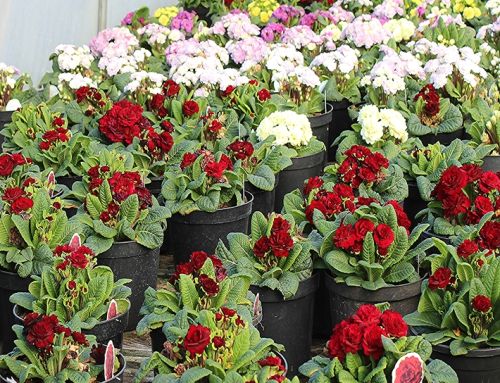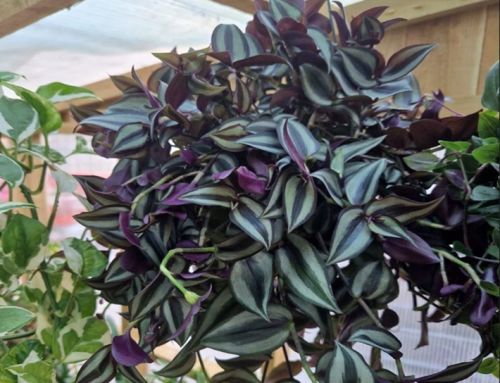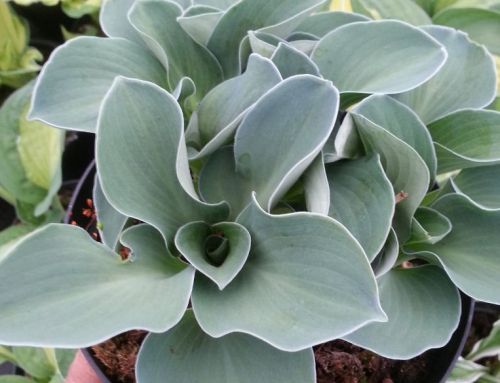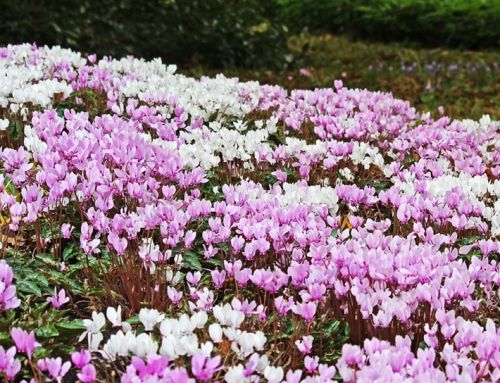Primula sieboldii
Primula Sieboldii, of all the families of plants that we grow, these are certainly in my top 5, maybe even my top 2. There are so many different types. Primula Sieboldii are really a bit extra special.
They are not the easiest group but with a little care they will reward you for years to come. Their delicate looking flowers are quite misleading as they really are tough and reliable.
The colours that they come in would not be out of place in a west end musical. Every colour of pink imaginable is there, complimented by soft lilacs, purples and pinkish blues. Throw in white and you get the picture.
As an added attraction many have beautifully frilly edges…. Now maybe you see why I love them so much!!
Where do they come from?
They are extremely popular in Japan where they have achieved almost cult status. There they are grown en masse, in lots of varieties. Originally they were introduced from Japan by Doctor Von Siebold in the 1800’s. Many varieties are still not available in this county however many double forms are now in cultivation here.
In their natural conditions they grow in the grassy meadows by the side of rivers in North Eastern Asia. Here they have evolved to deal with flooding in the winter and drought in the summer. You may well now be thinking “How can I grow these?” well the answer is simple…. Easily! They do often become dormant during the Summer months, especially if they get dry, but they are not at all fussy about soil conditions. Planted in the garden they slowly form quite large clumps. Starting to flower as early as late March and continuing right through until June. They will even tolerate light shade.
As far as propagation goes, then division is the best. I have heard that Autumn is the best time but in my opinion you can’t beat early Spring. Split them just as the new shoots are popping up. It is so easy to just replant straight away… they don’t even know that they have moved.
So if you fancy a little piece of the orient in your garden then why not try these little gems.
Below are our most popular. For the full range that we have on the website, click here.






